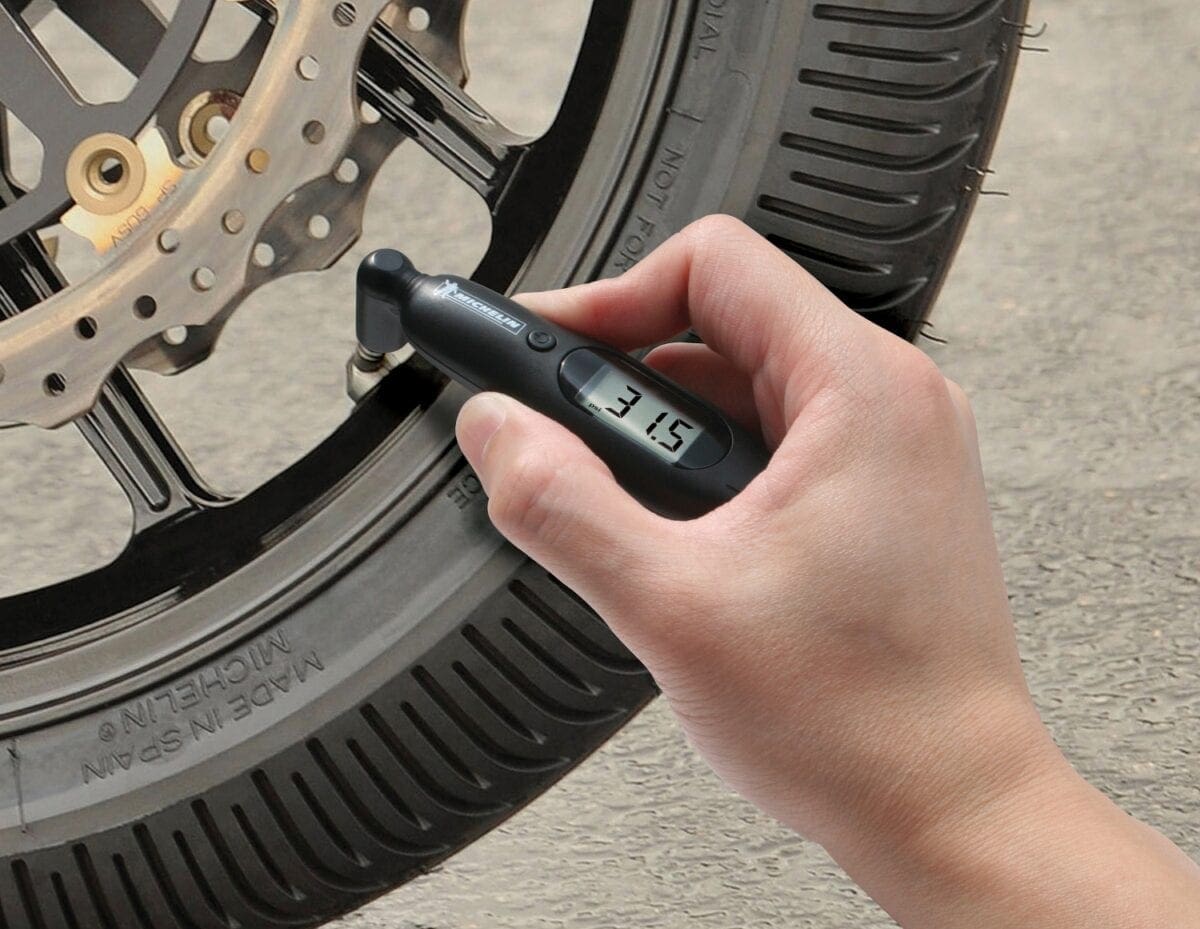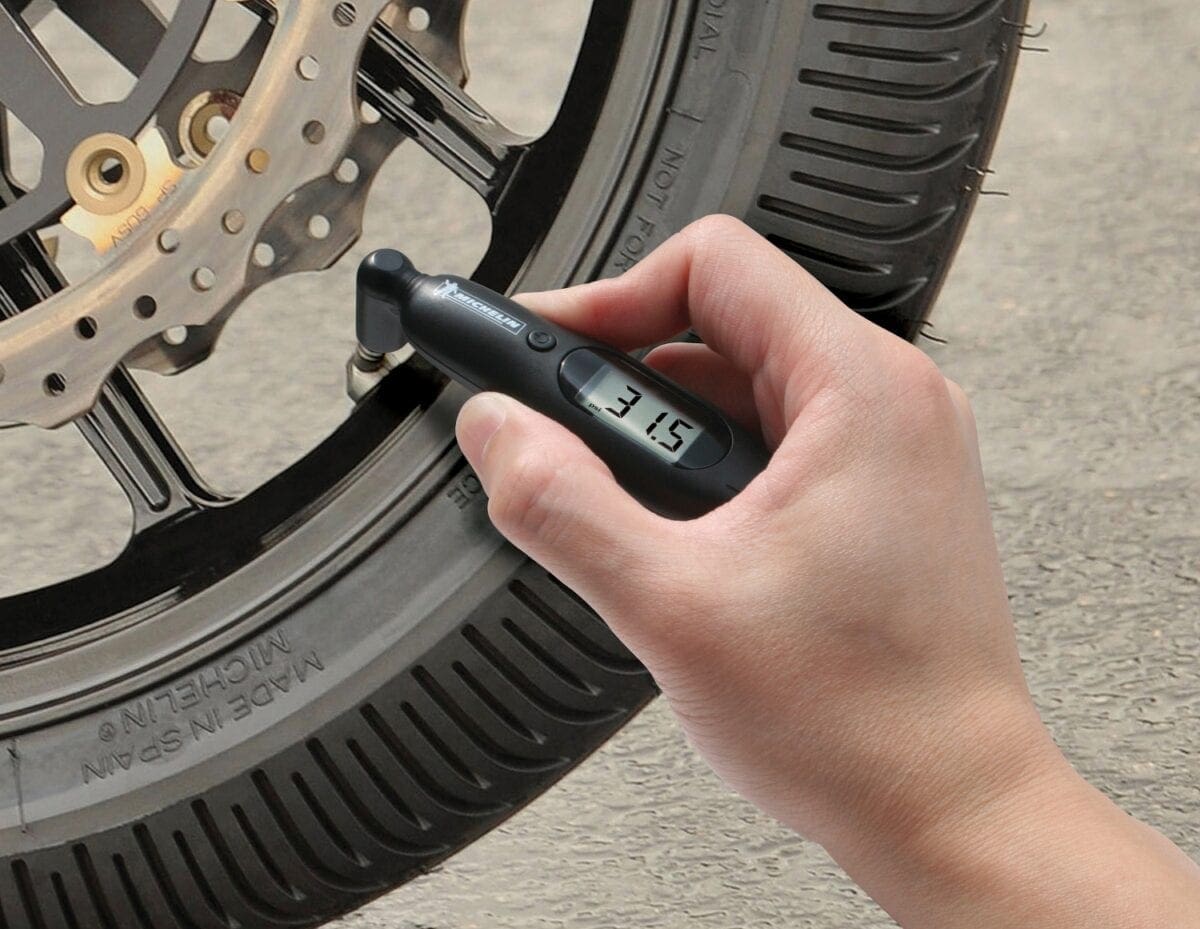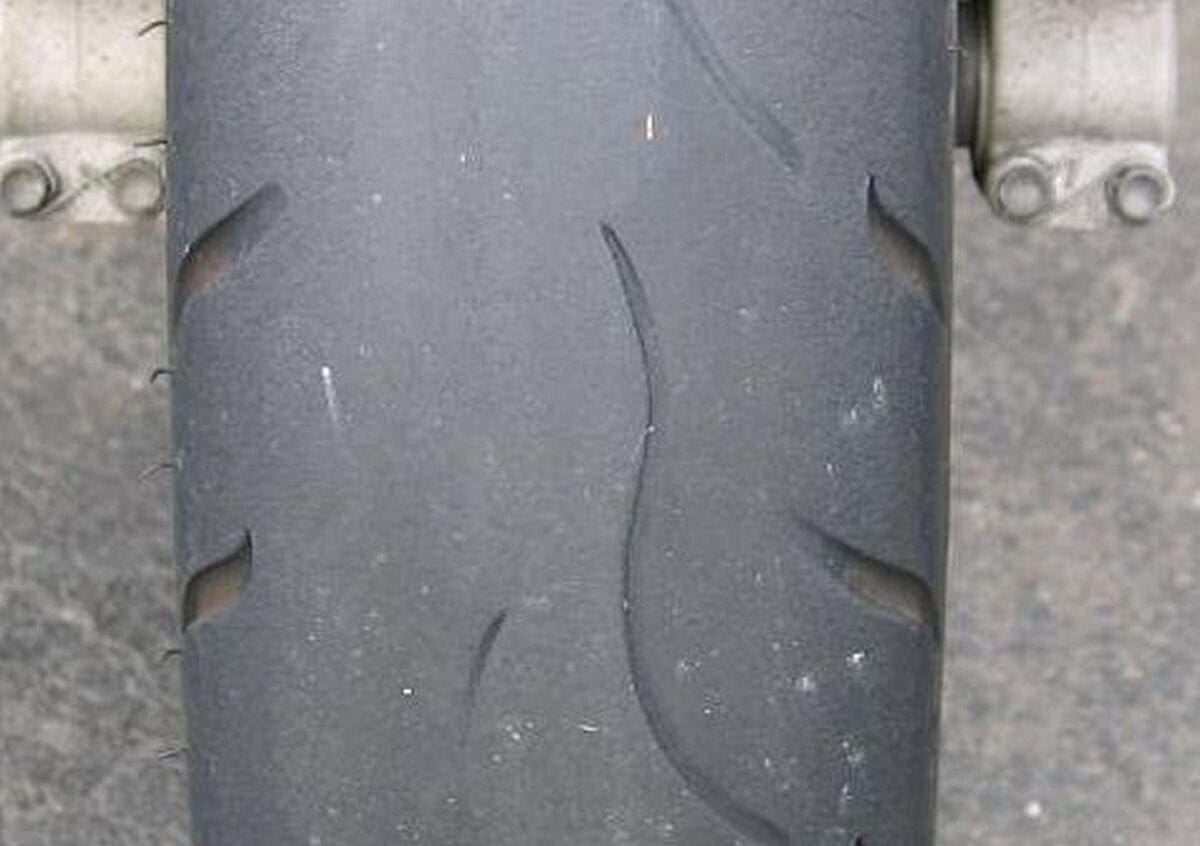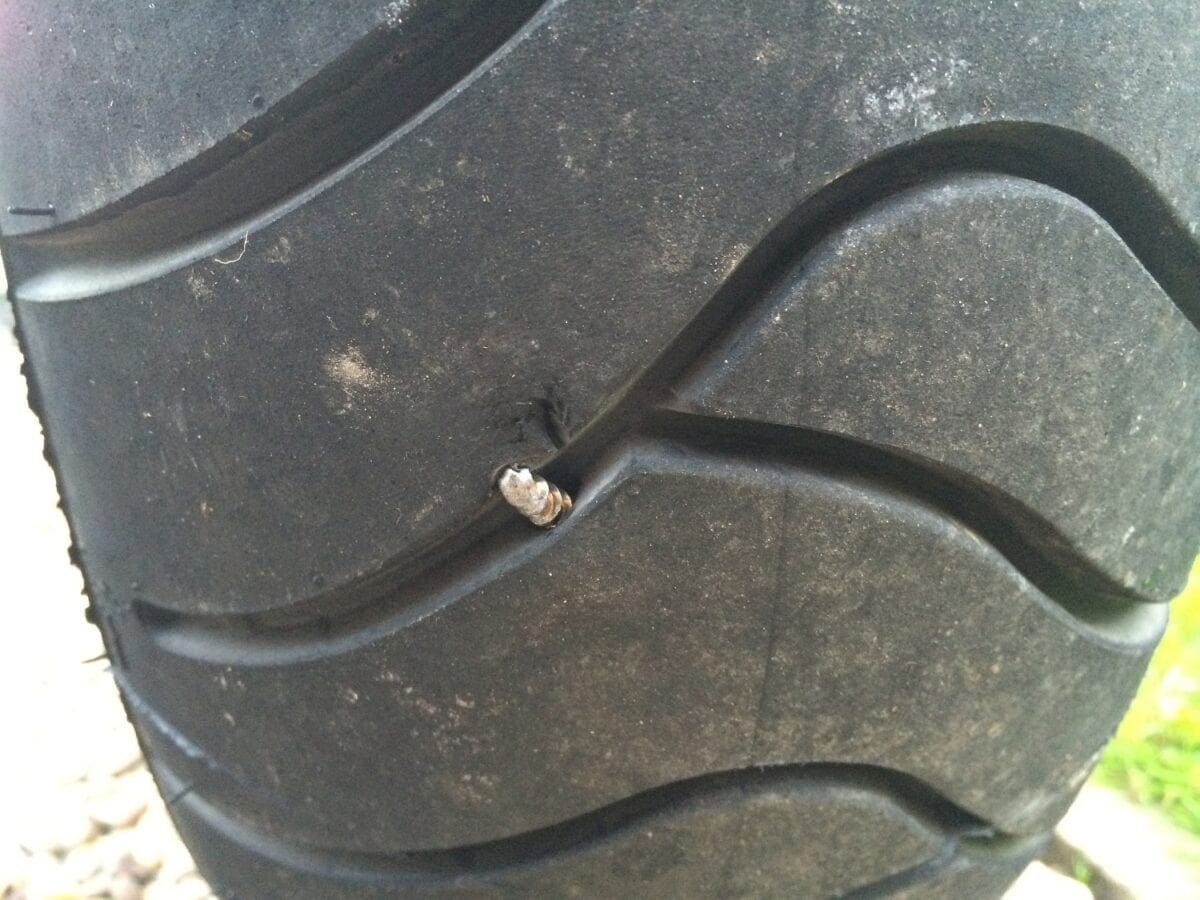Overall, tyres don’t really need very much attention once they’re fitted. The main things to keep your eye on are tyre pressure, wear and any signs of damage. If all that is fine you can usually get a long and loyal service from a modern pair of motorcycle tyres.
Tyre pressure
Motorcycle and scooter tyres don’t generally keep the pressure as well as car tyres, so it’s best to check the tyre pressure regularly (this varies depending on tyres, but you’ll quickly learn how often your tyres need air if you check them regularly). Bikes are also more affected by wrong tyre pressure than cars: If the tyre pressure is too high or too low, the bike’s handling will be affected (you may even feel the difference) and your tyres may wear out more quickly.
Enjoy everything More Bikes by reading monthly newspaper, Read FREE Online.
You can buy a simple pressure gauge for a few pounds and it’s worth the investment to know that your tyre pressure is correct. There are also more expensive digital options available.
The correct tyre pressures for your bike are usually shown on a sticker on the swing-arm of the bike. If the sticker has been removed, consult the manufacturer or your local garage.
Tyre wear
The minimum tyre tread depth for road-legal tyres on motorised two-wheelers is 1mm. It’s worth checking your tyres regularly for wear as you might end up with a fine if you are stopped with less than 1mm of tread depth in your tyres.
You should also check for any cracks or bulges on the tyres, as these may be an indication that the tyres are about to give up on you. It will only take a couple of minutes before setting off to inspect your tyres for any potential problems – and it might just save your bacon if you spot a problem.
Good tread depth is particularly vital in wet weather: tyres designed for wet conditions have more grooves and sipes, which help break the film of surface water and give better grip. If the tyres are so worn that these grooves are below the 1mm threshold, the chance of skidding (especially on wet surfaces) increases.
Repairing punctures
Depending on the placement and severity of the puncture, it may be possible to repair the tyre rather than replace it. This is particularly handy for example if you get a puncture on a new tyre that is otherwise perfectly fine.
Generally speaking, punctures in the middle of the tyre are easier to repair, whilst punctures on the sides tend to be more problematic. It also depends on how neat the puncture is: because the repair method is basically to plug the hole, a plain round puncture from, say, a nail in the middle of the tyre is not too bad, but a longer slit is much more difficult to fix.
Tyre repair kits are available if you fancy fixing your tyres yourself, or you can leave it to your local garage who will also be able to advise whether a repair or a new tyre is a better option.
Advert
Enjoy everything More Bikes by reading the MoreBikes monthly newspaper. Click here to subscribe, or Read FREE Online.





